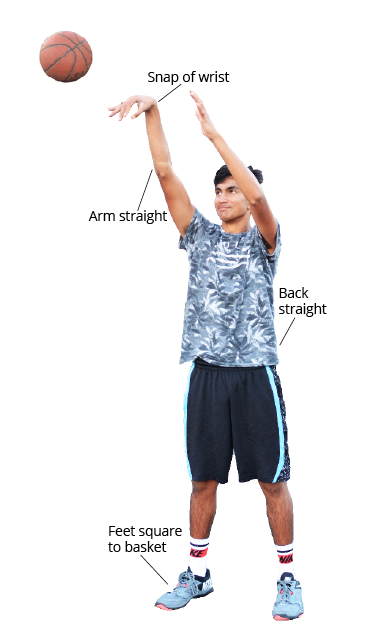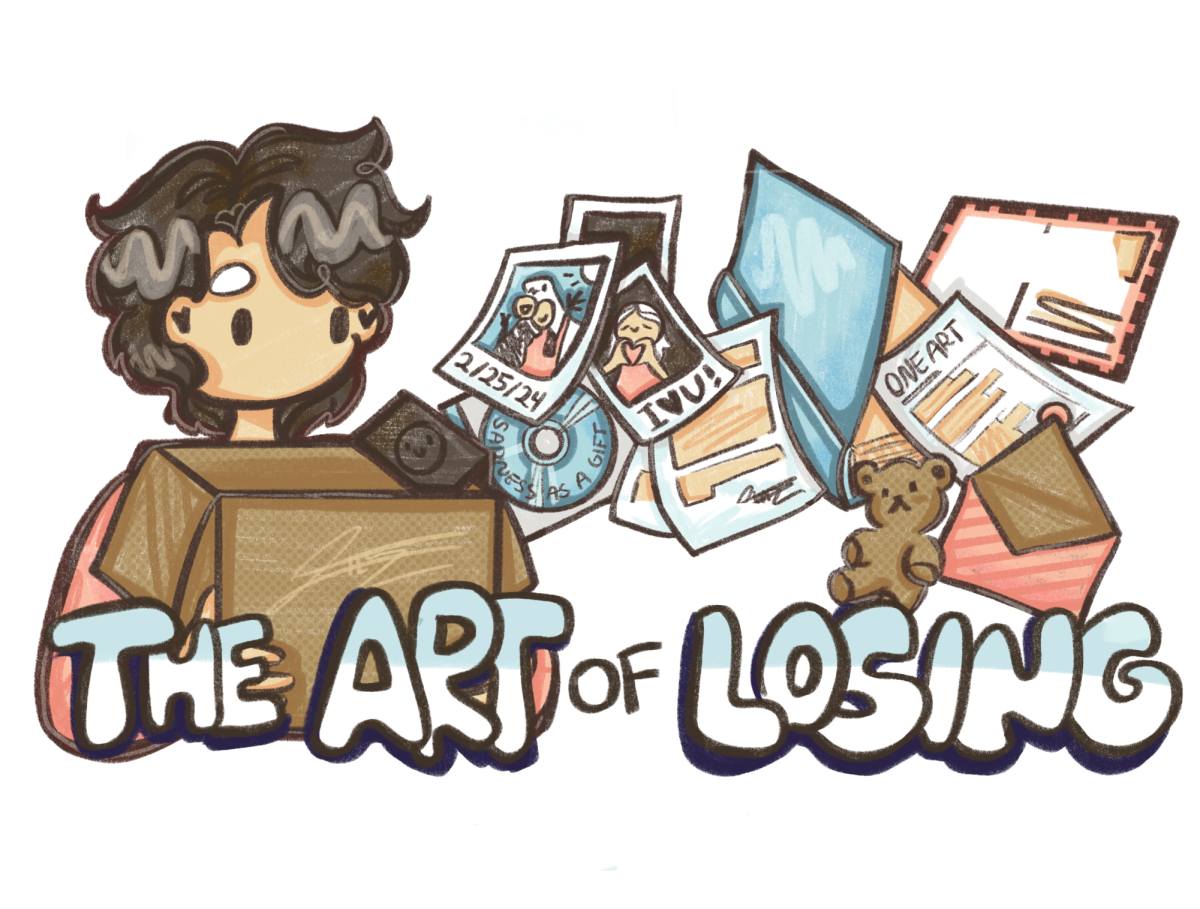
Style is how the players pull their moves, whether those moves are showy or ordinary. The way an arm snaps when it shoots the ball. The weightlessness of a body as it jumps into the air. The strategic leg movements in an arm wrestling match. Even the sound of the ball swishing through the hoop. While flashy moves still require immense skill to pull, spectators more readily see them as indications of a player’s personality. The more discrete stylistic elements might then better reveal a player’s raw skill.
However, many fans miss that talent presented in less flashy forms because they focus on athletes who put up a show. Physical education teacher Jeff Thomas compared Tim Duncan of the San Antonio Spurs to Shaquille O’Neal: while both are some of the greatest, O’Neal outweighs Duncan in popularity simply because he plays with more flare, more personality. The BMX bikers chosen to participate in the X Games are typically those who do backflips, tailwhips — the flashy tricks; that’s what most spectators want to see. But what looks most attractive is not always the most artistic. A BMX biker can simply air a dirt jump — performing no tricks — and do it with more style than someone who does a double backflip.
Style means the subtleties that do not immediately strike the masses, that only the trained eye might register. According to Thomas, being able to recognize style requires extensive experience in either playing or watching the sport and the ability to appreciate the human body — specifically, the human body in motion — as well as the coordination required to perform such movements. Devoted sports fans and players tend to have developed these skills and can more readily see the beauty that underlies the flash.
“The way Steph Curry shoots is a work of art,” Thomas said. “His shooting stroke, it’s a work of art. It’s perfect. His form is perfect. There used to be a guy named Ken Griffey Jr. [who] played baseball, and his swing was so smooth and looked so effortless, and he hit like 600 home runs. It was a work of art.”
Style can be found anywhere, from the exhilarating moments invincible to time, such as Vince Carter’s “dunk of death” over the 7-foot-2 Frédéric Weis, to the fundamental moves like passing or shooting the ball. However, that style is often either overpowered by flare or unnoticed simply because the play was relatively ordinary. For example, a typical three-pointer during the second quarter won’t receive more than a quick cheer from the crowd. But that style is there. It may not immediately jump out, but it’s there.
The same beauty in the popular sports lies in the more atypical ones. Competitive eating isn’t just about cramming food into your mouth and gulping down water to wash it down. That might be exciting to watch, but there’s an art that lies below. According to professional competitive eater, William “Wild Bill” Myers, a skilled eater must strategically plan when to switch between swallowing and eating more, chewing frequency and which bites to take. These little strategies might be difficult to spot, and are perhaps less exciting to watch for than someone relentlessly gorging himself with food. But if more people can develop the eye to notice such details, then we can learn to see sports as arts, to see beauty in a world plagued with superficiality, commercialism, conformity. We must slow down in this fast-paced world and appreciate the simple elegance behind the chaotic complexities in sports and beyond.




















